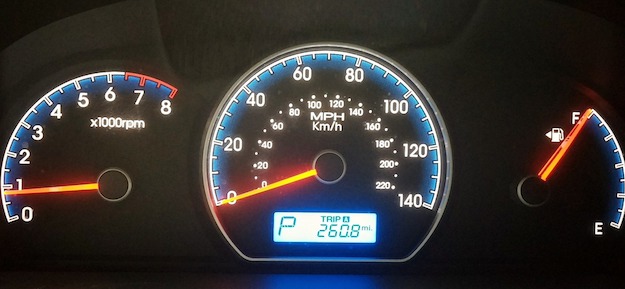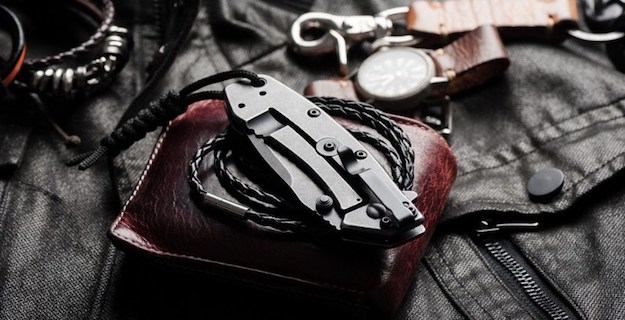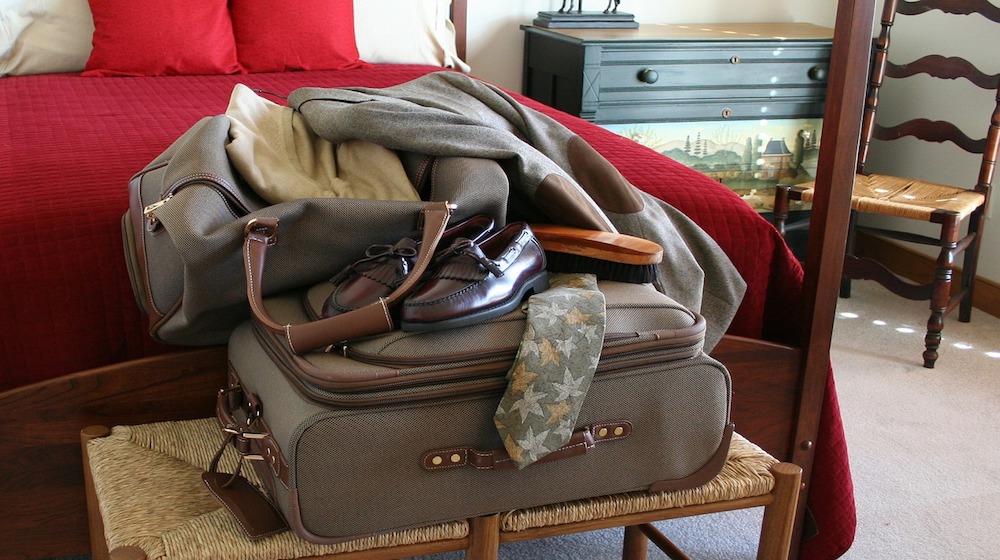Personal Safety
Effective Urban Prepping

Being a prepper doesn’t mean you have to live on a homestead or compound. You can live a prepared, frugal and sustainable lifestyle in any environment; it just takes a little creativity. You also need to know about the unique threats and challenges that you might encounter in an urban environment, and take steps to prepare yourself for those types of situations. Read on to learn more about urban prepping.
Bringing the Prepper Lifestyle to the Big City
—This post is Sponsored. Original publish date Jan 26, 2016 on SurvivalBased.com.—
The chances are pretty high that if you’re reading this you don’t live on a pristine prepper compound with a year or more of food and supplies saved up. If you are, then kudos to you — you’re living the prepper dream. The rest of us, however, have to find a way to fit prepping into our daily lives and, most likely, smaller spaces.
This means the best ways for urban preppers to always be prepared is to stick with smaller, more manageable prepping techniques. By working with what you have at hand, you can be a more effective prepper and overall be ready for a variety of disasters without needing any extra space.
Bug-Out Plan
Simply having a plan on how to bug out if a disaster is more than you can handle will put you ahead of the curve. The plan should be compiled by asking five basic questions, including:
- What is the signal that you need to leave?
- Where are you going?
- How are you going to get there?
- What are you bringing with you?
- How long will you be gone?
In other words, you need to lay out the basics.
Anyone that’s driven in an urban environment during peak construction season knows how quickly detours and closed roads can mess with what would otherwise be a simple trip. Keeping this in mind, you need to know what your escape route out of your urban area is, and have a few backups as well.
Think of ways to get where you’re going that don’t involve major roads, as those will most likely be the first to be impassible. Unlike directions given to you by GPS, you’re not looking for the quickest or shortest ways out, but the most effective and least likely to be jammed with traffic.
When you have your routes determined, outline them on a map and keep it in your vehicle at all times. Make sure to outline at least one walking route as well. If you don’t have a car at all, outline three or four walking routes for safety.
Stay Gassed Up

This is possibly the simplest tip in the entire list while being one of the most effective. By keeping your car/truck/motorcycle topped up with fuel at all times, you can be ready for a disaster that could cut off fuel to your area. Something as simple as a multi-day power outage could make it hard to get fuel, which is what you need to escape if things get bad.
Never let your vehicle drop below a quarter tank unless you’re on a long trip — then never below a half tank. Consider everything under a half tank to be for emergencies only. Depending on your vehicle, that should be good for at least 150 miles or so.
Understand Riots

When disaster strikes, riots are often soon to follow. Riots can break out for a variety of reasons, ranging from general social unrest to major court decisions to true TEOTOWKI scenarios. The most important tips for understanding and surviving riots are to blend in by becoming the grey man, never going against the current of moving people, and steering clear of law enforcement.
For more on how to deal with a riot, give this post on riots a read.
Home Security
Bugging out isn’t always the best option. There are many times your best bet is to hunker down and weather the storm, so to speak. In situations like this you want to make sure your home security is up to the challenge.
Extra deadbolts and protection for ground-floor or fire-escape side windows is critical. If you’re in an extremely urban environment like a downtown apartment, your best security in a bad situation can be blacking out your windows to avoid attention. By securing the major point(s) of entry and making it appear as if nobody is there, any potential threats will most likely move on.
Along with these passive forms of security, you need to have some active ones, too. These include weapons like a handgun, shotgun, and even baseball bat or other striking weapon. As always, abide by any local laws concerning weapons in your home.
However you secure your home, make a plan. Know what you’re locking, where you’re placing your guns for easy access, and how you’ll black out the windows to hide the light in your home. In a case like this, the plan is almost more important than the acts themselves.
OpSec
When you’re living in an urban environment OpSec can be very difficult to ensure. In case you aren’t familiar with the term, OpSec is short for Operational Security. This refers to how well you hide your prep operations from others. This is critical to survival because if everyone around you knows you’re prepping, you’re the first place they’ll go for help or to “liberate” supplies from.
Thin walls and shared ingress/egress points means anything you bring in will most likely be seen and talked about. Keep conversations about plans quiet and bring in supplies late at night when you’re less likely to be seen. Whatever you can do to keep your prep as quiet as possible is a very good idea.
Water and Food
In a small urban home it can be difficult to store more than a few days’ worth of food and water, but even this can be a major help in an emergency situation. Pay attention to the free space you have and use it wisely. Plan for 3 days’ worth of food and water for each person in your home to start with and go up from there, adding a day for each person as you go.
Physical Fitness
One thing you can control no matter how small a home you have is your physical fitness. By staying in peak fitness you can rest assured that any emergency hikes or escapes will be within your physical ability. You don’t need to be extremely outwardly muscular but should be able to hike for an entire day without too much pain, and should be able to do so with a full pack on.
Start becoming fit now and you’ll be ready later.
Everyday Carry

Finally, having an effective everyday carry (EDC) will help you be ready for emergency no matter where you are. A standard EDC should include a multi-tool, knife, fire starter, weapon, and anything else that you might need to survive on the fly.
Check out this post to fine-tune your EDC and get it ready for real-world use.
Prepping in an urban environment is tough. Small space, people everywhere, and countless added threats make it a tough place to be safe. If possible, a prepper should not live in an urban environment, but sometimes this is unavoidable. By following these tips you can be as safe as possible when prepping for an urban environment.
Want to learn more about urban prepping? Check out these related articles on our website:
10 Food Storage Solutions for the Urban Prepper
Survival Kits for Rural or Urban Environments
7 Urban Survival Tools You’ve GOT To See
-

 Do It Yourself7 months ago
Do It Yourself7 months agoParacord Projects | 36 Cool Paracord Ideas For Your Paracord Survival Projects
-

 Do It Yourself9 months ago
Do It Yourself9 months agoHow To Make Paracord Survival Bracelets | DIY Survival Prepping
-

 Do It Yourself9 months ago
Do It Yourself9 months ago21 Home Remedies For Toothache Pain Relief
-

 Do It Yourself10 months ago
Do It Yourself10 months agoSurvival DIY: How To Melt Aluminum Cans For Casting
-

 Exports8 months ago
Exports8 months agoAre Switchblades Legal? Knife Laws By State









Pingback: 10 Prepper Supply Items You Can Buy at Costco | Survival Life